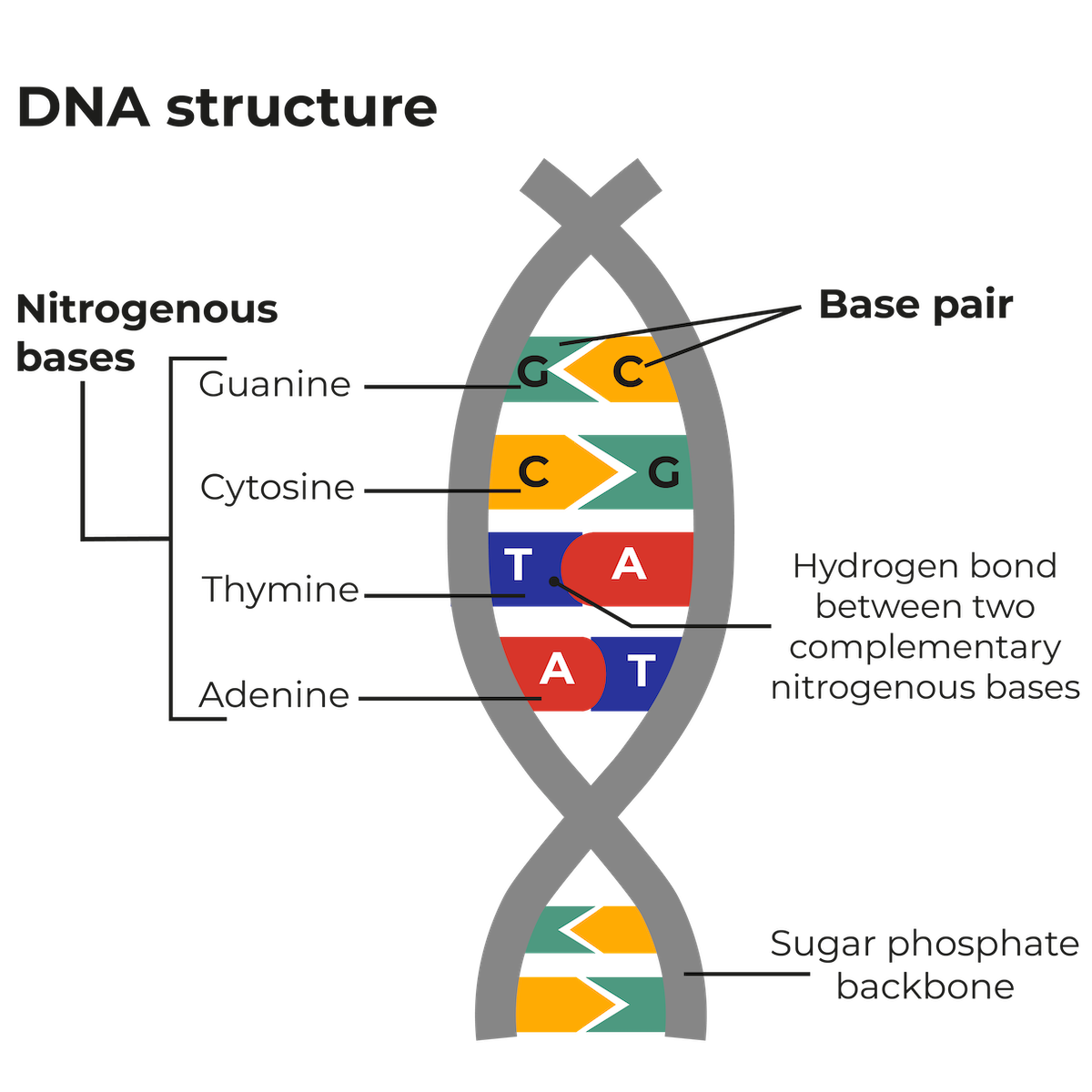What is DNA fingerprinting and how does it help solve crime?
Why in the News
- Delhi Police recovered bones from the Mehrauli forest area in connection with the Shraddha Walkar murder investigation using DNA Fingerprinting.
Origin of DNA Fingerprinting
- DNA fingerprinting was first developed in 1984 by Alec Jeffreys in the UK.
- No two people could have the same DNA sequence.
- UK achieved the world’s first conviction based on DNA evidence in a case of rape and murder.
How is DNA fingerprinting done?
- Each person’s DNA except for identical twins is unique.
- By analysing selected DNA sequences (called loci), a crime laboratory can develop a profile to be used in identifying a suspect.
- DNA can be extracted from many sources: such as hair, bone, teeth, saliva, and blood.
- Samples may even be extracted from used clothes, linen, combs, or other frequently used items.
- There is DNA in most cells in the human body: even a minuscule amount of bodily fluid or tissue can yield useful information.
- Advanced DNA fingerprinting can make separate prints of various individuals even from a sample mixture found at the crime scene this is of help during gang rape investigations as each perpetrator can be individually identified.
DNA fingerprinting in India
- By 1988, Lalji Singh, who had been in the UK from 1974 to 1987 on a Commonwealth Fellowship, developed DNA fingerprinting for crime investigations at the Centre for Cellular and Molecular Biology (CCMB) in Hyderabad.
- Lalji Singh, who passed away in 2017, is known as the father of DNA fingerprinting in India.
- In 1989, DNA fingerprinting was first used in a case by the Kerala Police.
- By the early 1990s, the technology had begun to be used for establishing paternity, and to link criminals and identify victims in sensational crimes.
- From the 2000s onwards: the technology became a staple in rape cases where vaginal swab samples were matched with semen samples from suspects.
Challenges with DNA fingerprinting in India
- Use of proper equipment is needed: It is vital to ensure that the DNA of the investigators does not get mixed with that of the victims or the suspects. Thus, picking up samples from a crime scene with sterile tools and storing samples in a proper manner are crucial for the evidence to stand a judicial test.
- Lack of expertise: While central agencies such as CBI have the expertise to ensure that crime scenes are protected and correct procedure is followed, state police forces are inadequately trained or fully equipped.
- The capacity for DNA fingerprinting in the country itself is lacking. DNA fingerprinting is available only at a few places Maharashtra, West Bengal, Delhi, Hyderabad and Chandigarh.
- Advanced practices in the technology are limited to the Centre For DNA Fingerprinting and Diagnostics (CDFD) in Hyderabad.






